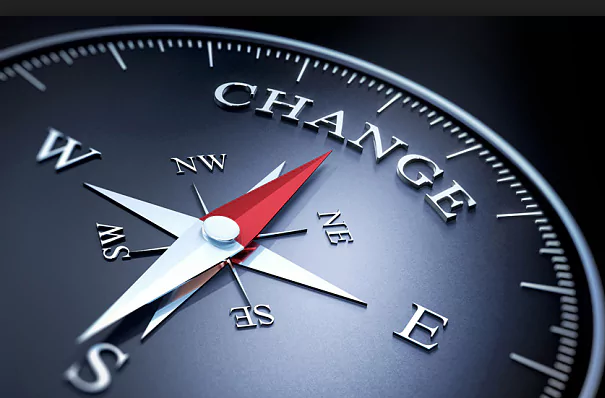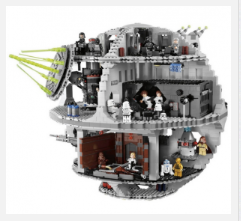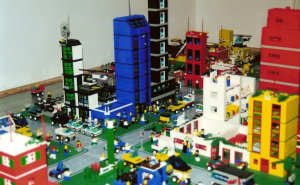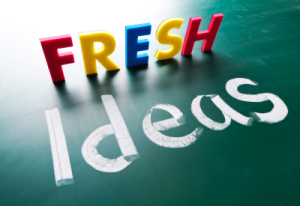What I lack in natural writing talent I make up for in experiences. Over the years, I have worked in a number of different businesses and business cultures. that led to something new in creativity. I also read widely and have worked with some really talented and smart people. That gives me a lot of raw material to work with.
Scott Barry Kaufman and Carolyn Gregoire find the same thing in their new book, Wired to Create. “Openness to experience, one of the “Big Five” personality traits, is absolutely essential to creativity,” they write. “Openness to experience comes in many forms, from a love of solving complex problems in math, science and technology to a voracious love of learning, to an inclination to ask big questions and seek a deeper meaning in life.”
So one simple way to improve your creativity is to simply try to get more out of life. Seek out things, people and places that you wouldn’t usually encounter in your ordinary routine. Truly great creativity comes from synthesizing across domains, not just drilling down in one single area.
Many people assume that there is an inverse relationship between quantity and quality and, logically speaking, it would make sense to focus on fewer projects rather than to spread your energy over many. It would seem that would allow you more time to concentrate on the work most likely to make an impact.
However, creativity researchers have consistently found just the opposite. The more work you produce the more likely you are to come up with something truly creative. Part of that is probably just the numbers game. A masterwork is a low probability event, so those who produce more increase their odds.
Yet there is also another factor at work. The more you produce, the more skilled you become and the more you can experiment with different combinations. Those experiments invariably lead you to see more possibilities and try them out. So producing a lot will help you see things that others don’t and increase your ability to pursue new possibilities.
The truth is that creativity is hard work. There are no silver bullets. The only way to create successfully is to get your ideas out there, find the flaws and get to work fixing them.
Einstein once said that “If I had 20 days to solve a problem, I would take 19 days to define it.” It’s important to build in constraints that will frame a possible solution and, as Robert Weisberg points out in his book Creativity, brainstorming often fails for exactly this reason.
The evidence on this point couldn’t be clearer. Successful creative people spend years learning their fields before they begin to change them. So if you want to create something truly new and different, your best bet is to start by learning your field extremely well.
As I’ve written before, breakthrough innovation happens when ideas are synthesized from more than one domain. Pick any important discovery, whether it is Darwin and natural selection, Picasso and cubism, Einstein and relativity and invariably they used concepts from two or more fields.
Remember, creative geniuses tend to be less the ones with the quickest answers and more the ones who keep working till they get it right.




